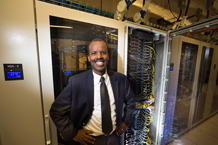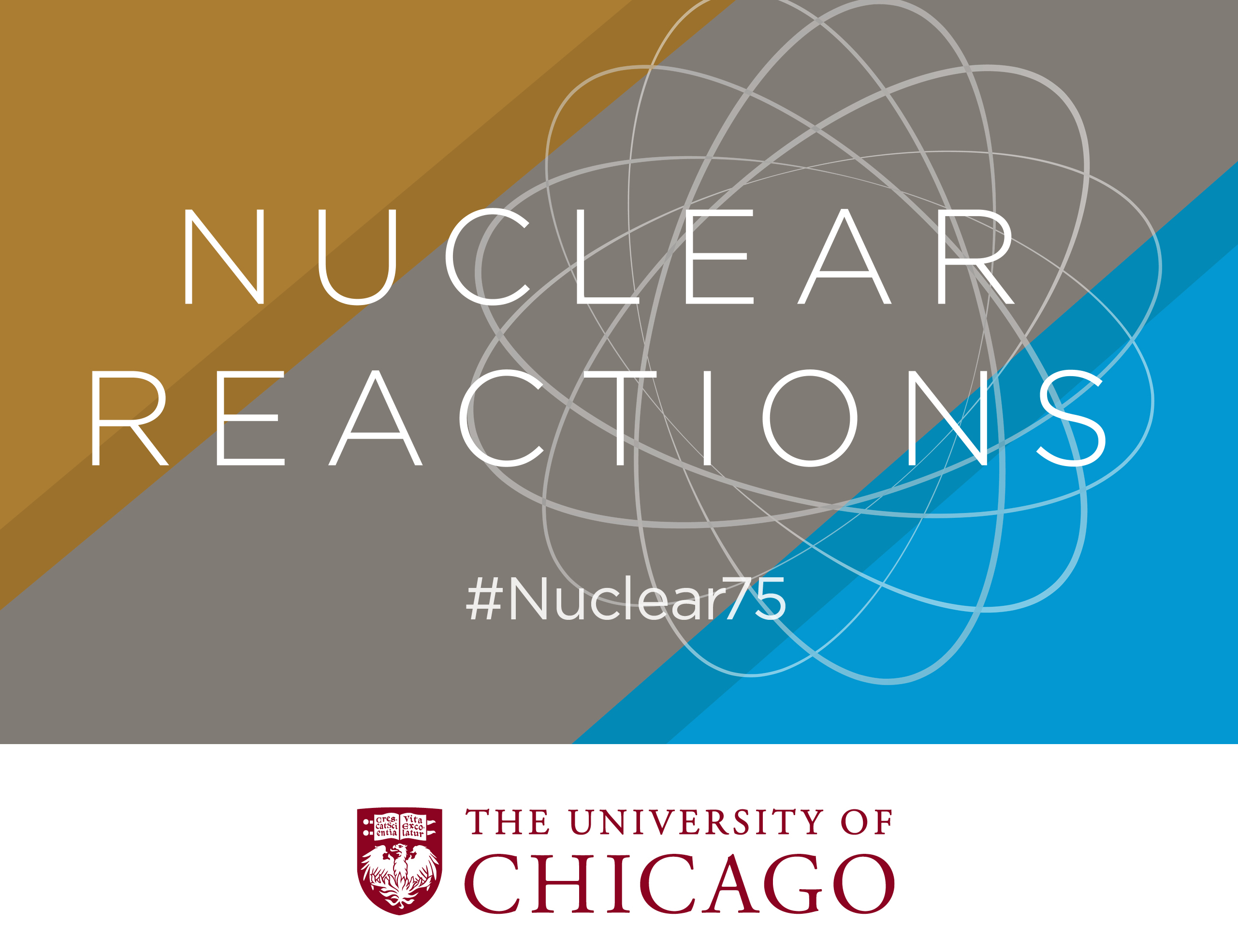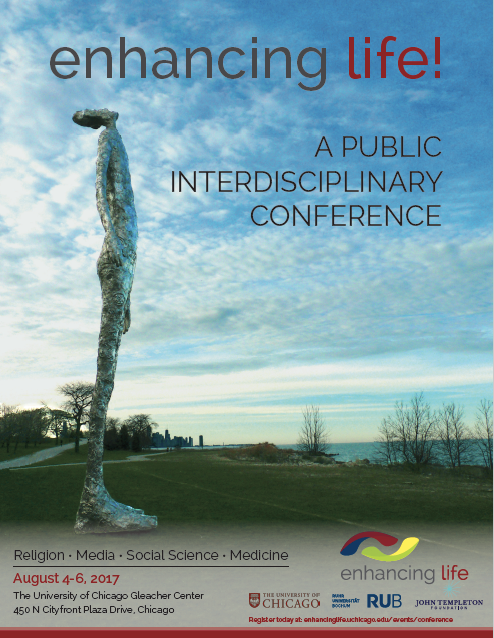With a million, or so, images captured every day, David Biron’s research group at the University of Chicago was experiencing a computational bottleneck in its overall workflow. The images from one day’s experiment could take a week or more to process and analyze.
After turning to the University’s new Research Computing Center (RCC) for assistance, however, the group’s work is flowing at record speed. For example, a data set consisting of 30,000 images that formerly required almost 200 minutes of computer time to process and analyze can be completed in 2 minutes, a speed that could be increased with more computer processors.
“These time savings are valuable in and of themselves by improving researchers’ productivity, but more importantly they allow the group to conduct bigger and better experiments by leveraging the University of Chicago’s new high-performance computing infrastructure,” said Nicholas Labello, a scientific computing consultant at RCC who wrote the computer code for PyCelegans, a high-speed modular image processing and analytic tool for this research project. “PyCelegans opens the door for transformative new studies by helping researchers scale-up existing techniques.”
The processing and analysis was performed on Midway, RCC’s new computer cluster.
David Biron, professor of physics, at the University of Chicago, is investigating the behavior of the nematode C. elegans under different conditions. His group uses microscopy techniques to record the behavior and the neuronal activity of the nematode as it proceeds through several developmental stages. The resulting data promotes a better understanding of the basic principles of neural information processing as well as the regulation of behavior.
Explaining small neural circuits is a worthy challenge in its own right, but Biron hopes that this research will transcend the boundaries of small neural circuits and contribute to the thinking about more complex neural networks.”
“The importance of analyzing large, multi-dimensional data sets is increasingly recognized in our field,” Biron says. “Although several labs have developed custom software for quantifying the behavioral patterns of C. elegans, PyCelegans is exceptional in terms of its scalability and portability. Partnering with RCC has been transformative for our research in the most literal sense: We are performing experiments and analyses that were completely impractical just a year ago.
“The continuous interaction that RCC fostered with our students and postdocs created a unique training opportunity,” he adds. “We are familiarizing young scientists with the possibilities of high-performance computing as well as teaching them how to communicate with professional programmers and leverage high-performance computing resources.”
Complements Arete
RCC’s mission is to advance research and scholarship at the University by providing access to centrally managed, high-performance research computing resources; technical user support, education and training; and the deployment of advanced technologies. It aims to provide faculty and researchers with computing, storage and visualization resources as well as consulting services.
“We support research computing not just by providing access to big machines but also by offering a whole ecosystem of services,” says Birali Runesha, who founded RCC this year as its first director. “RCC’s consultants are staff with experience in primary research as well as computing and visualization techniques. The consultant’s role is to support researchers by enabling them to effectively integrate high-end computing into their research.”
RCC offers the cluster and consultant partnership programs that allow faculty to contribute funds in exchange for dedicated resources and support. “Once we move out of start-up mode, we anticipate great demand for consultant services,” Runesha says.
Arete and RCC complement each other’s work. Arete calls upon RCC when it is working with a faculty member whose research requires high-end computing. Meanwhile, RCC calls upon Arete when it is working with a faculty member who could benefit from broader, interdisciplinary collaborations, connections and ideas for funding.
“We provide access to computing resources while Arete provides researchers with resources and support for large-scale projects and proposal development,” Runesha says. “This is an especially good match when it comes to writing and applying for grants, where RCC provides research computing expertise while Arete brings together all the pieces.
“Arete is even helping us with our own grant proposal process by helping us identify funding opportunities; assemble, review and vet grants; and identify key players and partners,” he adds.
By Greg Borzo




